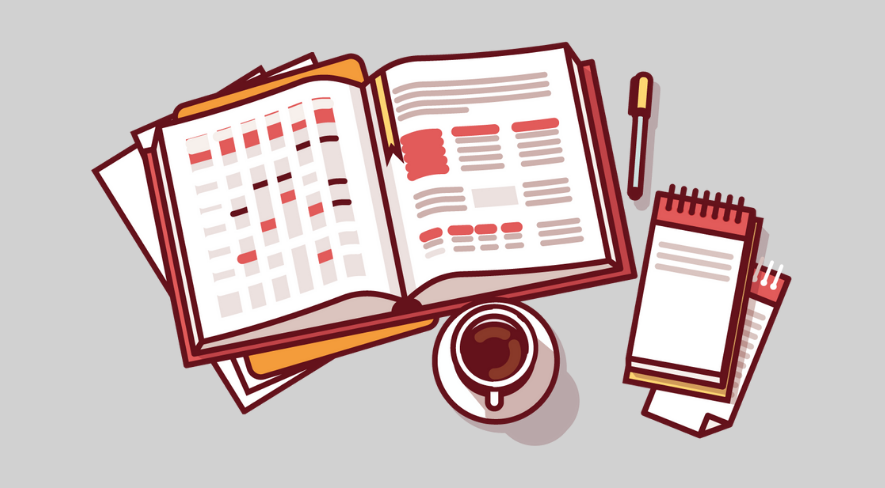Our readers are supremely smart, and this write-up on Bullet Journal by Prakruthi Chari, a 15-year-old from Bangalore, demonstrates that. Read her submission below to get awe-inspired by her eye to detail.
Daily planner? Too rigid. The monthly planner? Too vague. The yearly planner? Too stressful (when you’re in January, December is three millennia away).
If you’ve tried the apps, but want something more tangible, like pen and paper, or something more personalised, the BuJo can help.
BuJo is short for the Bullet Journal, which is a method created by Ryder Carroll as a mixture of planner, diary, mindfulness practice, and productivity tool. Carroll’s initial method involved a technique called rapid logging. You grab a notebook, usually a dot-grid, use symbols to organise all your thoughts, tasks, projects and your life in general.
Over time, many people have changed and developed the system to suit their needs, and your bullet journal can include a gratitude log, doodles, colour, weekly, monthly and yearly logs, habit trackers and whatever else you like. Your imagination is the only limit, and even if that runs out, there are many Youtubers, bloggers and Instagrammers who are overflowing with ideas. The best part of the bullet journal is you can do whatever you like. It is completely personalised.
The Symbols
As is obvious from its name, the bullet journal lives off symbols for tasks, appointments, events, notes, etc. Carroll’s original system works for many, or you can create your own key and follow it.
Here are some examples of spreads I use or have used over the past two years:
The Monthly Log
This is where you write down all the dates of the month and put in whatever appointments you need to attend, birthdays you have to celebrate and any other event you need to remember. You could go minimalist and leave it at that, or add in your goal for the month, doodles, or inspirational quotes. The log can be in the form of a list or a calendar, or any other way you can think of. The simple list works for me, combined with anything else I want to add.
The Weekly Log
This spread is the heart of the bullet journal, where you can see your week at a glance. Each day has its to-dos, appointments, important notes, memories etc. I like to add one happy memory for each day, no matter how small, instead of a separate gratitude log. In addition, there’s the to-do list for the week and a small section for the next week.
Instead of a separate habit tracker for the whole month, you can also include mini-trackers for the week here, which is what I do. It keeps things simple.
The Habit Tracker
This is a place to track whether you’re keeping up with all those habits you decided to implement on January 1st! It can be for the whole month or for each week. For some habits, you can simply list the habits down the page and the dates across, and cross off every day you do the habit. For example, cleaning your room, reading, eating healthy etc. For others, you might need a graph or a space to write down specifics, such as how many hours you’re sleeping, how much water you’re drinking, how many hours you’re studying etc. I like the graph, it keeps things visual.
One tip for crossing things off. Initially, I used a color code, such as green if I had done the task and red if I had not. But then one month I started only crossing things off if I had done them, and I started sticking to my habits for the simple reason that I wanted to see the page full of crosses, and not empty!
Other Ideas
These are the major spreads I use every month. But some others I use from time to time include:
- A master to-do list where all tasks are dumped before getting sorted to a day or week
- Pages for self-care routines, inspirational quotes, photographs, sketches
- Study calendars where I schedule my studying and lessons
- Study checklists
- Travel checklists
- Books to read!
The list goes on. There are many sites and blogs with more ideas, and also YouTube videos, as well as posts on Instagram, Tumblr etc.
Start off simple, so that you don’t give up after a few days. Slowly, try out different styles and spreads to see what works for you and you’ll be well on your way to being more productive, organised, and calm!
(Prakruthi is a school student from Bangalore and a part of our online learning community.)

